Inflation Remains Elevated: The Role Of Post-Pandemic Fiscal Support
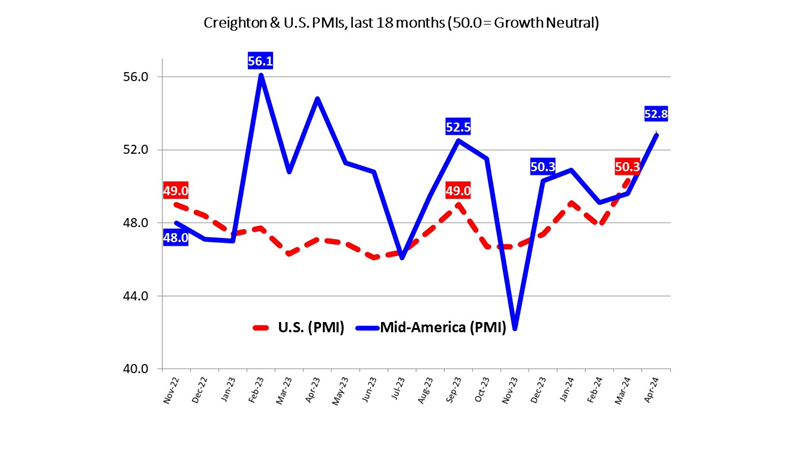
Table of Contents
The Surge in Government Spending and its Impact on Demand
The unprecedented scale of government spending programs implemented during and after the COVID-19 pandemic injected a massive amount of liquidity into the global economy. This surge in government spending significantly impacted demand, contributing to the current inflationary pressures.
Increased Money Supply
Massive fiscal support packages, designed to cushion the economic blow of the pandemic, dramatically increased the money supply.
- Examples of fiscal support: Stimulus checks sent directly to citizens, enhanced unemployment benefits providing extended financial support, and various business loan programs designed to maintain employment and prevent business failures.
- Increased money supply and demand-pull inflation: The injection of this additional money into the economy increased aggregate demand. With supply struggling to keep pace (as discussed below), this excess demand drove up prices, leading to demand-pull inflation – a situation where prices rise due to increased consumer spending.
- Velocity of money: While the sheer increase in the money supply played a significant role, the velocity of money (how quickly money circulates through the economy) also contributed to the inflationary pressure. Increased consumer confidence, partly fueled by the fiscal support, accelerated the circulation of money, further boosting demand.
Supply Chain Disruptions Exacerbated by Increased Demand
The surge in demand, fueled by the post-pandemic fiscal support, collided head-on with pre-existing and pandemic-induced supply chain disruptions. This created significant bottlenecks and price increases, contributing to cost-push inflation.
- Examples of supply chain issues: Labor shortages across various sectors, significant shipping delays due to port congestion and container shortages, and scarcity of raw materials due to factory closures and logistical challenges.
- Supply-side constraints and cost-push inflation: These supply-side constraints increased production costs for businesses, forcing them to pass these increased costs onto consumers in the form of higher prices, leading to cost-push inflation.
- Interaction of increased demand and limited supply: The combination of significantly increased demand and severely limited supply created a perfect storm for price increases, driving inflation substantially higher than would have been the case with either factor alone.
The Effectiveness (or Lack Thereof) of Fiscal Support
While the post-pandemic fiscal support aimed to stabilize the economy and prevent mass unemployment, its effectiveness in achieving these goals while simultaneously mitigating inflationary pressures is a subject of ongoing debate.
Intended vs. Unintended Consequences
The primary goals of the fiscal support were to prevent a complete economic collapse and mass unemployment. However, the sheer scale of the interventions led to an unintended consequence: a significant surge in inflation.
- Effectiveness of different types of fiscal support: The effectiveness varied across different types of support. Some argue that direct payments were more effective in stimulating demand than loan programs, while others contend the opposite.
- Appropriate scale of fiscal support: Whether the scale of the support was appropriate given the economic situation remains a key point of contention. Some economists argue that less intervention could have mitigated inflationary pressures without jeopardizing economic recovery.
- Alternative approaches: Alternative approaches, such as targeted support to specific vulnerable sectors or a greater focus on supply-side solutions, might have yielded better results in terms of both economic recovery and inflation control.
Targeting and Distribution of Fiscal Support
The design and distribution of the fiscal support packages also played a role in the uneven inflationary pressures experienced across different sectors and demographics.
- Inequalities in the distribution of benefits: The distribution of benefits wasn't uniform, leading to some groups experiencing greater financial gains than others. This contributed to an uneven boost in demand across different sectors.
- Impact on different groups: The impact varied significantly based on factors like income levels, employment status, and geographic location. This disparity further exacerbated the inflationary impact.
- Role of wealth inequality: Pre-existing wealth inequality amplified the effects of the fiscal support, with wealthier individuals benefiting disproportionately, leading to further increases in demand for luxury goods and services.
Other Contributing Factors to Elevated Inflation
While post-pandemic fiscal support undeniably played a significant role, it's crucial to acknowledge that it wasn't the sole driver of the current inflationary environment.
Global Factors
Several global factors intertwined with the effects of fiscal support to create the current inflationary pressures.
- Geopolitical events and inflation: The war in Ukraine, for example, significantly disrupted energy markets and global supply chains, leading to substantial price increases for energy and related goods.
- Commodity price shocks: Global commodity prices experienced significant increases, further contributing to cost-push inflation across various sectors.
- Global demand and inflation: Increased global demand, driven by various factors, exacerbated the existing supply chain issues and price pressures.
Monetary Policy Response
Central banks around the world have responded to rising inflation by employing monetary policy tools, primarily through interest rate hikes.
- Interest rate hikes to curb inflation: Raising interest rates aims to cool down the economy by making borrowing more expensive, reducing consumer spending and investment.
- Side effects of monetary tightening: However, this monetary tightening carries potential side effects, such as slowing economic growth and potentially leading to a recession.
- Balancing inflation control and economic growth: Central banks face the challenging task of balancing the need to control inflation with the need to maintain economic growth and avoid triggering a recession.
Conclusion
The current elevated inflation rates are the result of a complex interplay of factors. Post-pandemic fiscal support, while intended to mitigate the economic fallout of the pandemic, significantly contributed to increased demand and inflationary pressures. This effect was exacerbated by pre-existing and pandemic-induced supply chain disruptions, global geopolitical events, and rising commodity prices. Understanding the long-term effects of post-pandemic fiscal support on inflation is crucial for informed economic policymaking. Further research into the implications of post-pandemic fiscal support and inflation is essential. Seek professional financial advice to navigate the challenges posed by high inflation rates. The ongoing debate surrounding the effectiveness of different fiscal policy approaches in managing economic crises and inflation demands further study and informed discussion.

Featured Posts
-
 How To Get Capital Summertime Ball 2025 Tickets Official And Resale Options
Apr 29, 2025
How To Get Capital Summertime Ball 2025 Tickets Official And Resale Options
Apr 29, 2025 -
 Why Are Kentucky Storm Damage Assessments Delayed
Apr 29, 2025
Why Are Kentucky Storm Damage Assessments Delayed
Apr 29, 2025 -
 Rekordiniai Porsche Pardavimai Lietuvoje 2024 M
Apr 29, 2025
Rekordiniai Porsche Pardavimai Lietuvoje 2024 M
Apr 29, 2025 -
 Nyt Investigates Black Hawk Helicopter Crash And Pilots Actions
Apr 29, 2025
Nyt Investigates Black Hawk Helicopter Crash And Pilots Actions
Apr 29, 2025 -
 Mets Starting Pitcher Prospects Pitchers Name S Chances
Apr 29, 2025
Mets Starting Pitcher Prospects Pitchers Name S Chances
Apr 29, 2025
Latest Posts
-
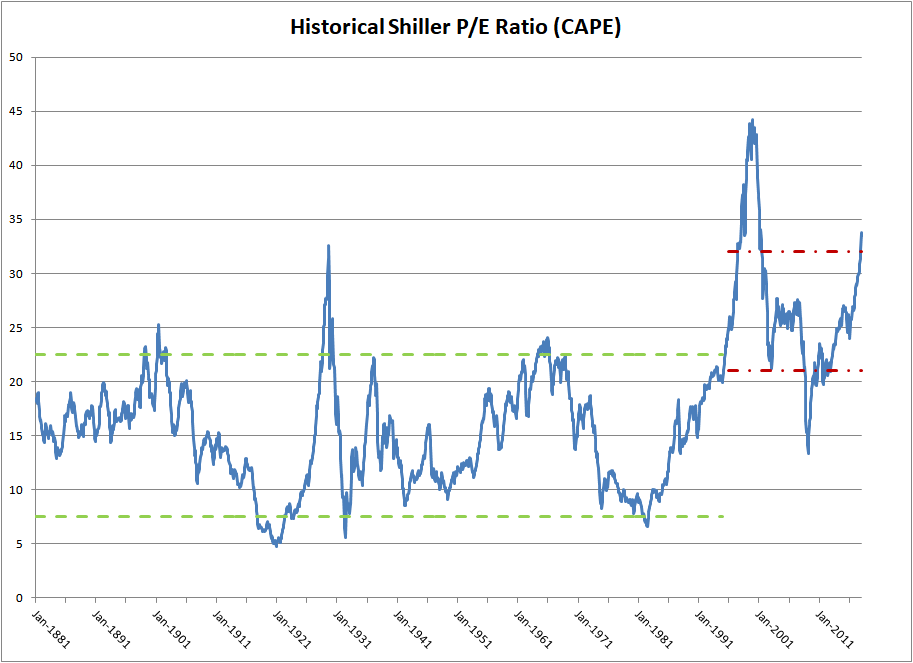 Elevated Stock Market Valuations Why Bof A Remains Confident
May 12, 2025
Elevated Stock Market Valuations Why Bof A Remains Confident
May 12, 2025 -
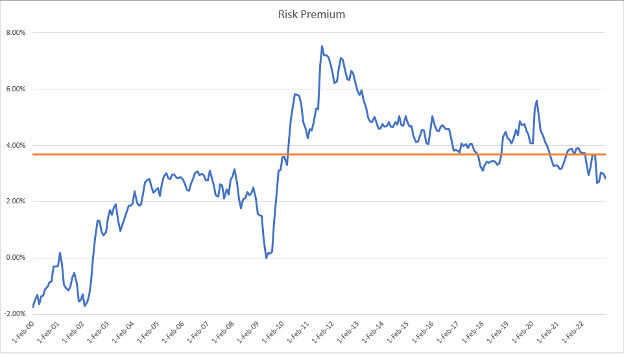 High Stock Valuations Bof As View And Investor Implications
May 12, 2025
High Stock Valuations Bof As View And Investor Implications
May 12, 2025 -
 Bof A On Stock Market Valuations Why Investors Shouldnt Panic
May 12, 2025
Bof A On Stock Market Valuations Why Investors Shouldnt Panic
May 12, 2025 -
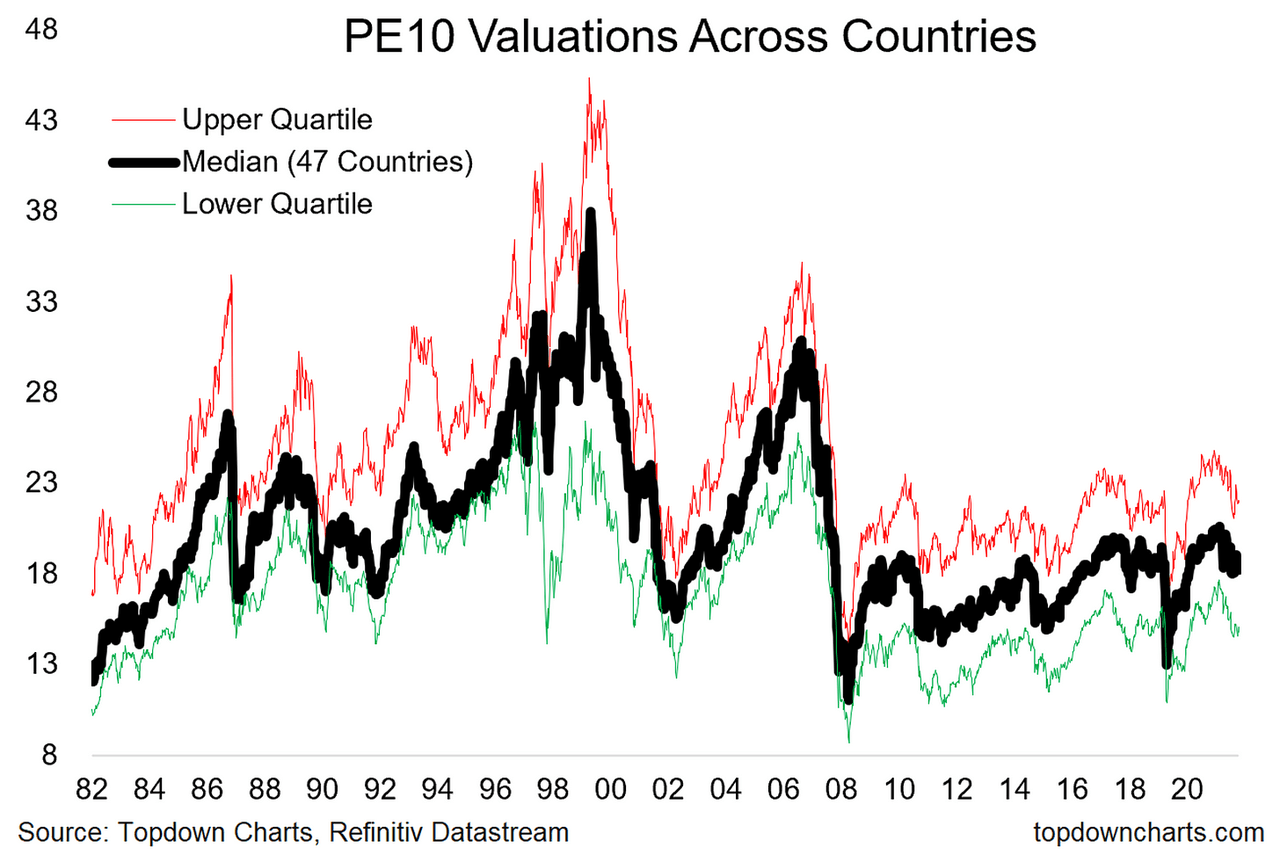 Stock Market Valuations Bof As Reassurance For Investors
May 12, 2025
Stock Market Valuations Bof As Reassurance For Investors
May 12, 2025 -
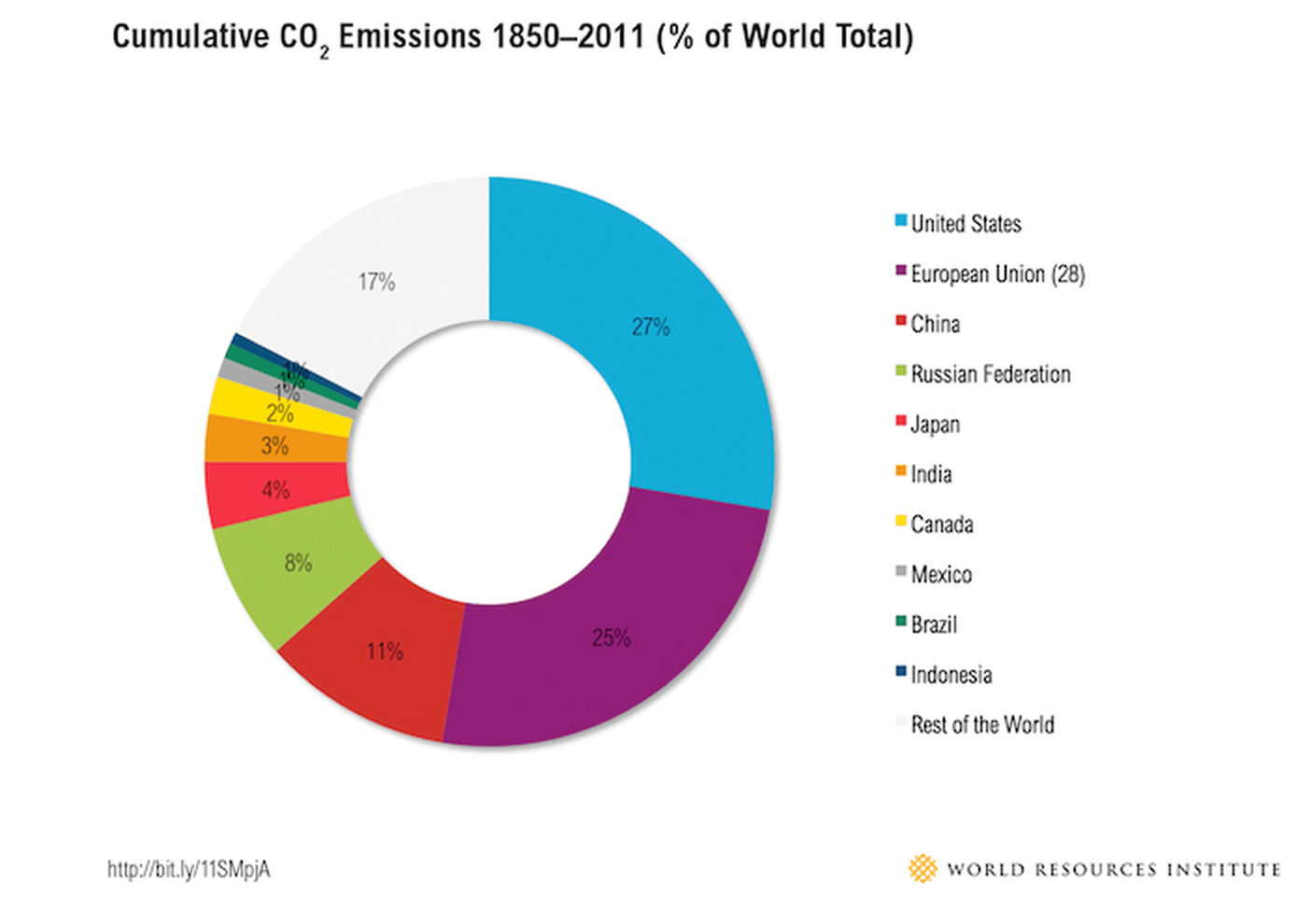 Analyzing Trumps Stance On Cheap Oil Implications For The Energy Sector
May 12, 2025
Analyzing Trumps Stance On Cheap Oil Implications For The Energy Sector
May 12, 2025
